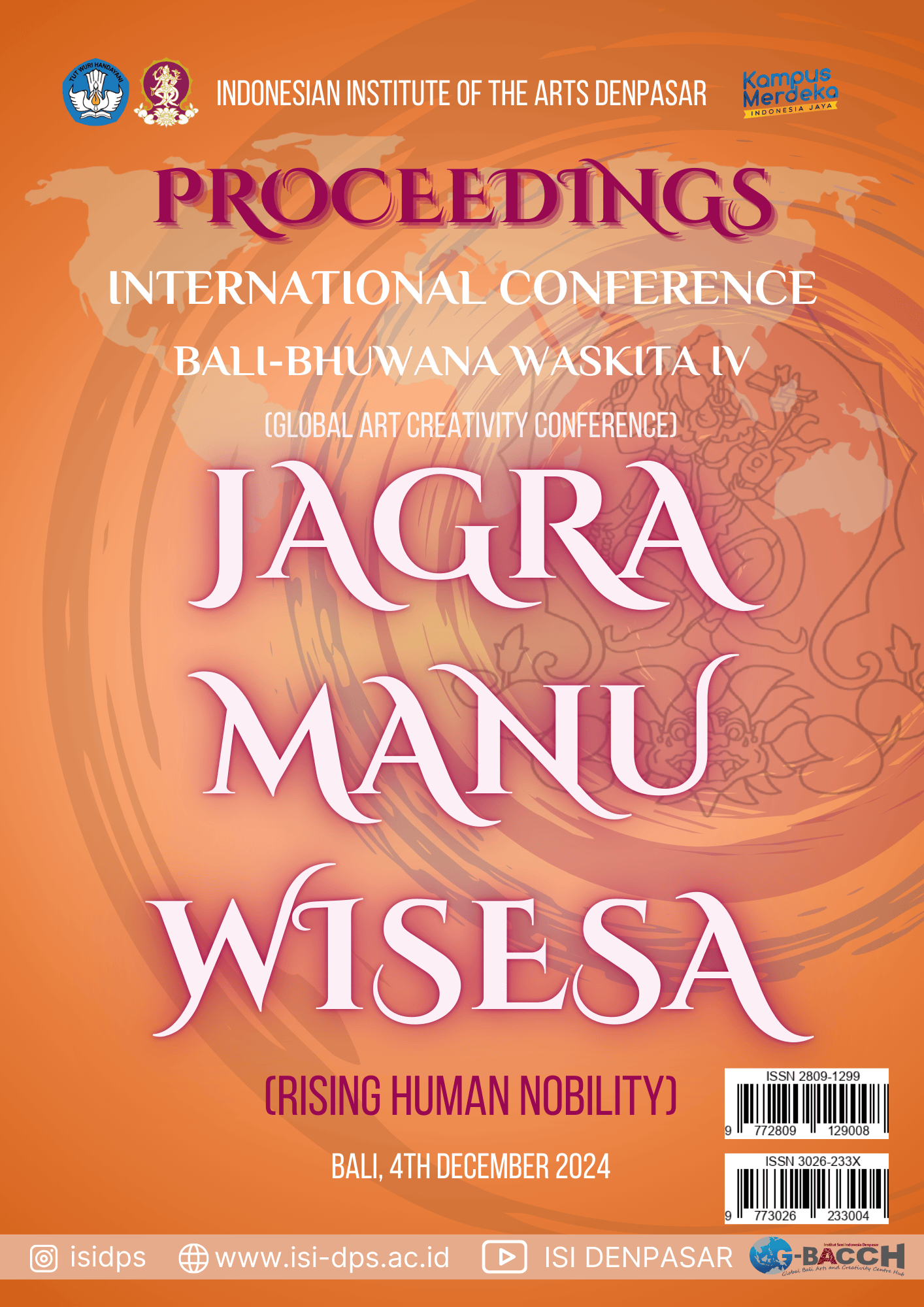HARNESSING AI IMAGE GENERATOR PROMPT ENGINEERING FOR ACADEMIC EXCELLENCE
DOI:
https://doi.org/10.31091/bbwp.v4i1.478Keywords:
Prompt Engineering Mastery, AI Image Generators Comprehension, Immersive Academic LearningAbstract
This study explores the role of prompt engineering in visual communication design education, specifically examining its application with AI image generators. With the rise of AI technologies, prompt engineering has become an essential skill for creative professionals to maximize the potential of AI tools in generating high-quality visuals. The purpose of this research is to assess the effectiveness of prompt engineering skills among visual communication design students and identify factors that contribute to successful prompt formulation. Research methods include case study analysis, surveys, prompt formulation experiments, interviews, and visual output analysis using AI tools such as DALL-E, MidJourney, and Stable Diffusion. Findings show that students’ prompt engineering proficiency varies widely, with language skills, creativity, and technological understanding being key determinants. Effective prompt engineering significantly enhances the quality and creativity of generated visuals. The study concludes that integrating prompt engineering into design curricula can improve students' technical skills and creative problem-solving. Educators should focus on practical applications and provide training in AI tools to ensure that students are prepared for the evolving design landscape.
Downloads
Published
How to Cite
Issue
Section
License
Copyright (c) 2024 Andreas James Darmawan, I Made Gede Arimbawa, Anita Heptariza, Hosea Brayen

This work is licensed under a Creative Commons Attribution-NonCommercial-ShareAlike 4.0 International License.




